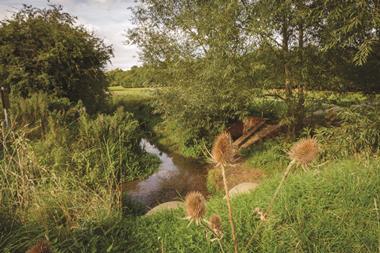Green lease is a term often bandied about. However, many people are still unaware of what it really means.

A green lease could include measures to share data about energy and water consumption, and agreeing to try to reduce them. Or it could involve a commitment to use electricity only from renewable sources, install green infrastructure and use recycled materials.
Further questions also arise over whether these commitments are legally binding, and if so, how? If someone is found in breach of terms, how will the green lease be enforced? These are all things to consider during lease negotiations and include in heads of terms.
Historically, leases have required works to be carried out using ‘new’ materials, but is this really necessary? Reusing materials or using reclaimed or recycled materials will reduce the embedded carbon in the property.
Similarly, if a tenant is not required to remove alterations at the end of the term, this can reduce embodied carbon. It is common for a landlord to restrict a tenant’s right to carry out alterations that could adversely affect the EPC rating of the property, but what about alterations that improve environmental credentials?
When it comes to energy, should the parties be obliged to use electricity only from renewable sources? This could be an attractive draw to a tenant, but will also reduce the landlord’s Scope 3 emissions.
The Chancery Lane Project’s Lotta’s Clause is a simple clause covering this, while the related Oisin’s Clause envisages the parties enabling new renewable electricity-generating projects that would not exist if they were not involved.
The inclusion of net zero drafting is beneficial to both landlords and tenants, but will require collaboration between the parties. Discussion of key obligations, enforcement and who bears the costs is key and should be broached at the early stages of lease negotiations.
Alexandra Holsgrove Jones is a senior knowledge lawyer at law firm TLT
































No comments yet